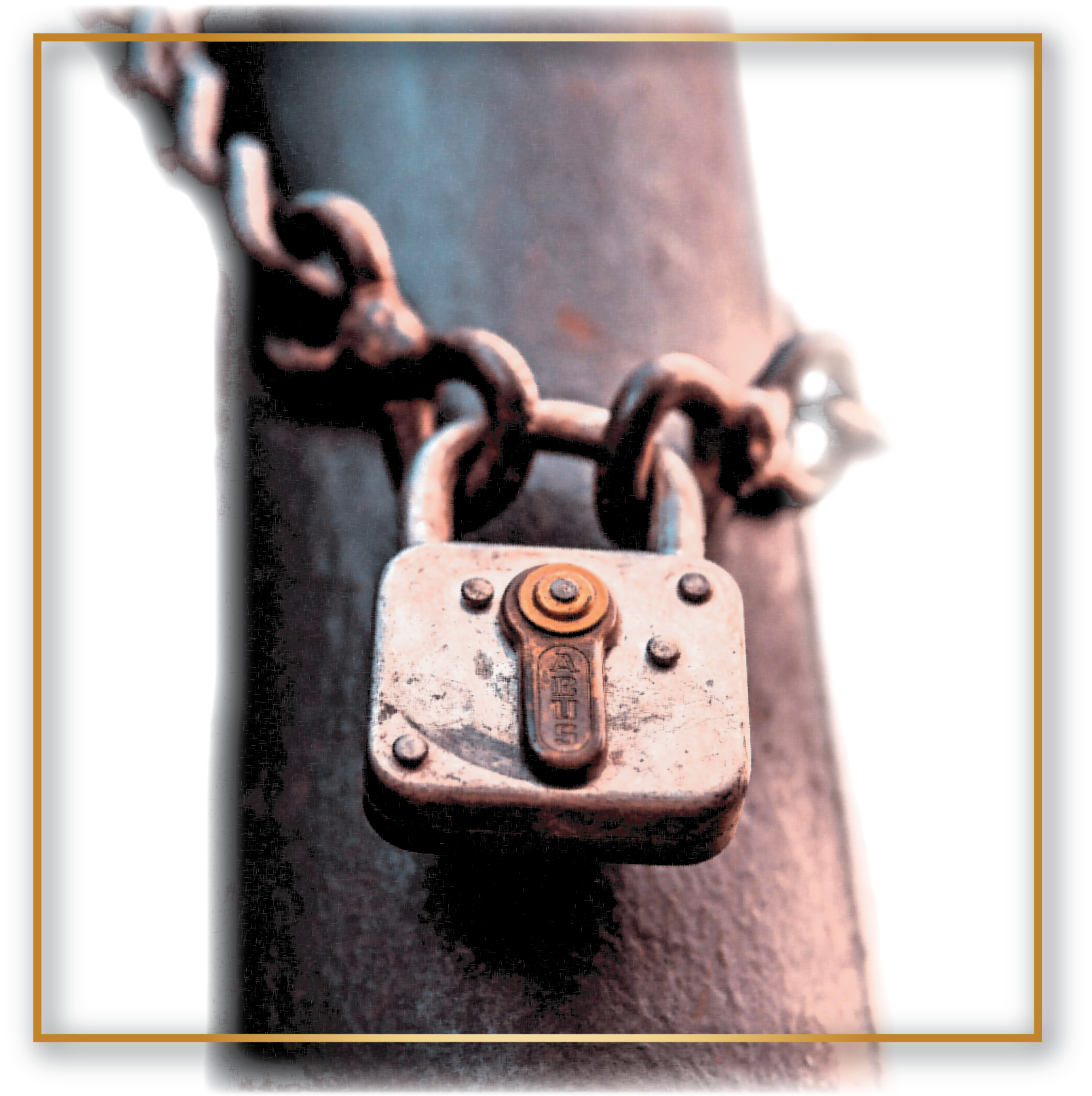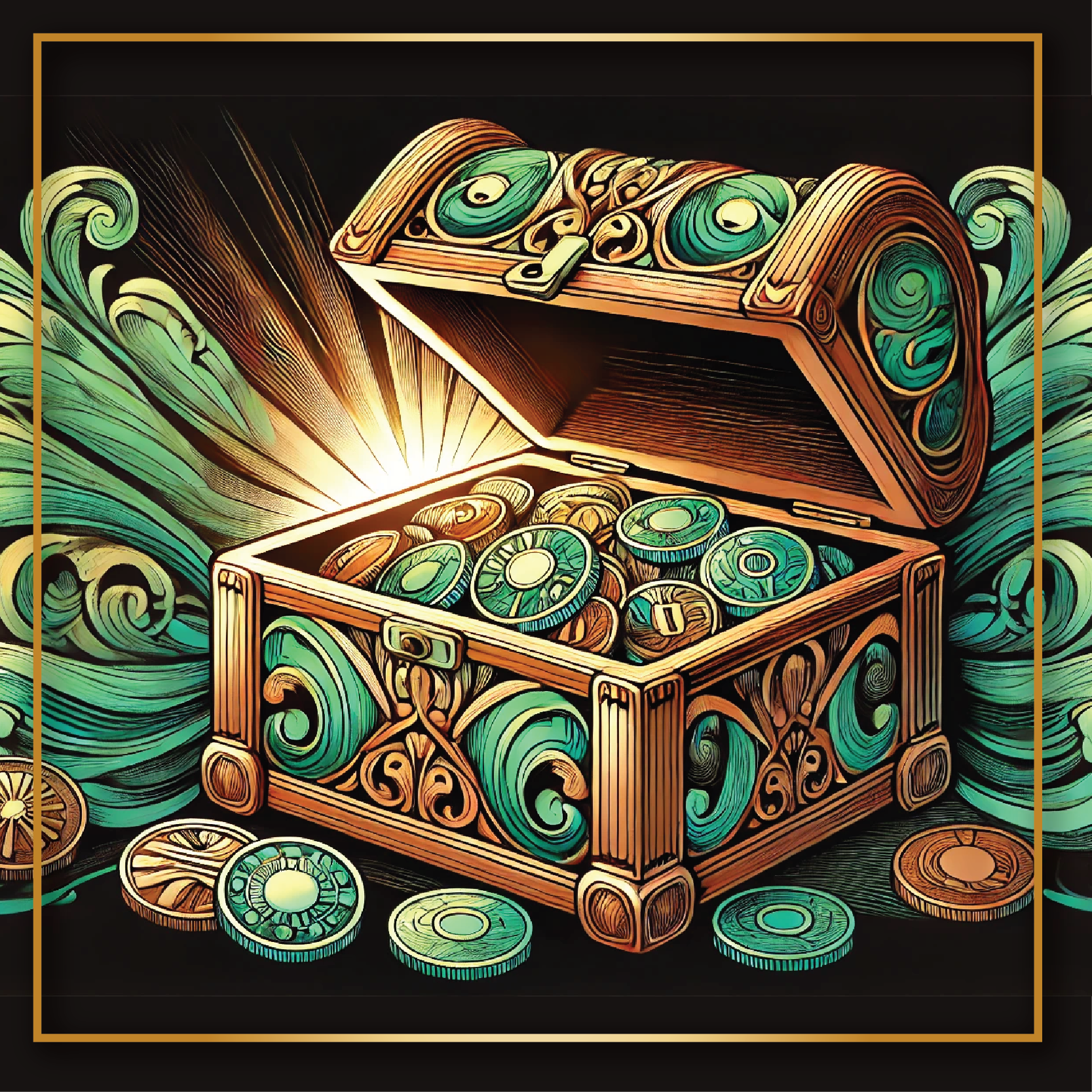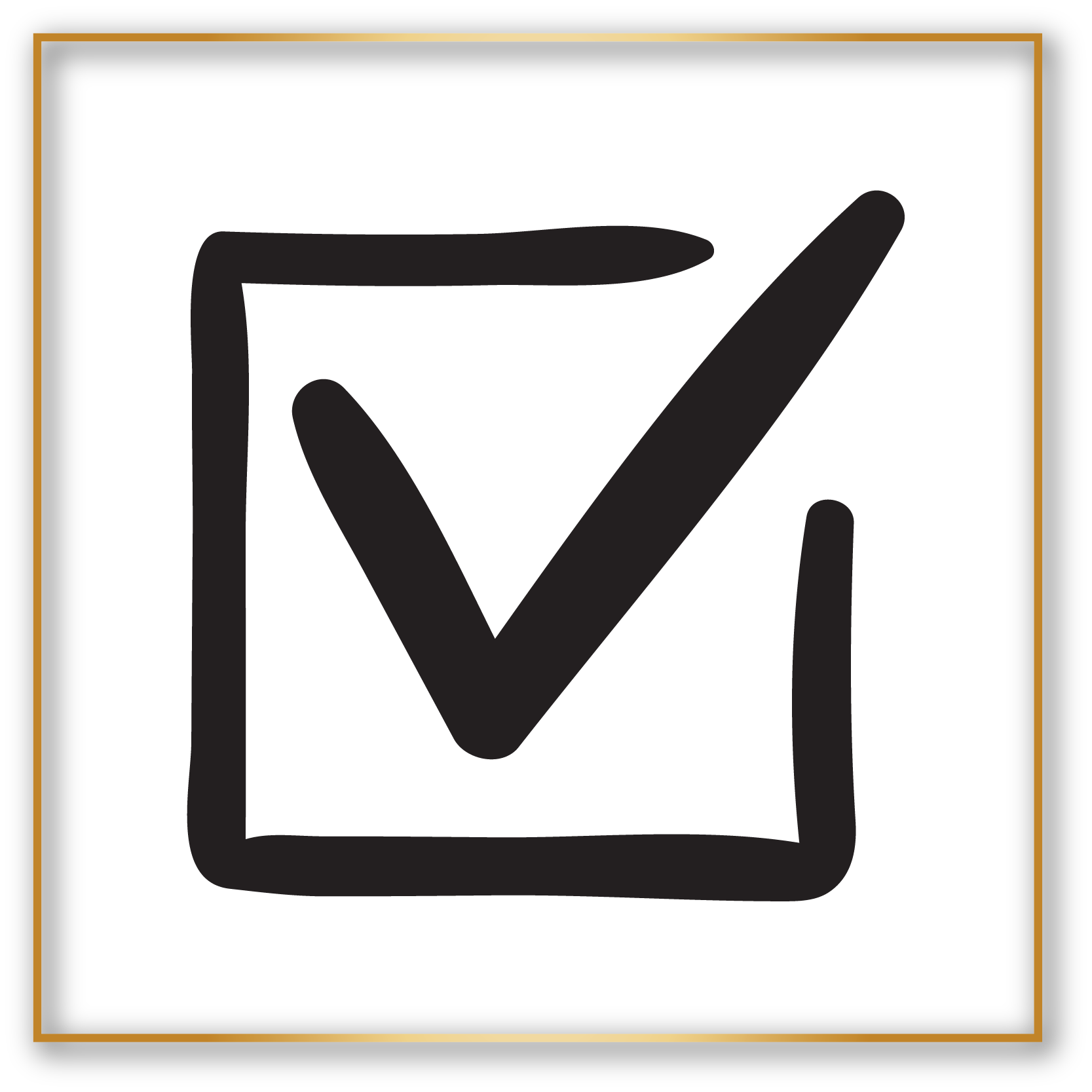Ready to start your search? Grab your Error Coin checklist here!

One of the most frequent inquiries we receive concerns the intriguing realm of Error Coins. In response to this curiosity, we are excited to announce an upcoming blog series titled "Hidden Gems: The Fascinating World of Error Coins." Before we embark on this exploratory journey, we'd like to offer a brief introduction to the captivating world of error coins, setting the stage for a deeper dive into their unique characteristics and allure.
Error coins are fascinating anomalies in the world of numismatics. These coins, which exhibit mistakes made during the minting process, aren't just rare—they're mistakes that make each piece uniquely valuable. For collectors, each error coin is a trophy, representing a unique story of its accidental creation. This guide will introduce you to what error coins are, explore the different types of errors that can occur, and highlight some of the most coveted error coins in the market.
What is an Error Coin?
An error coin is minted with a defect due to mishaps in the minting process. These defects can range from minor misalignments to major design overlaps, and they transform ordinary coins into sought-after collectibles. Unlike standard coins, which are struck perfectly by the mint, error coins slip through quality control, carrying with them tales of rarity and unexpected value.
Types of Error Coins
Error coins can manifest in a variety of ways, depending on the stage of minting at which the error occurred. Here are some common types of errors:

Double Die
This error occurs when a coin die strikes a coin blank more than once in misaligned positions, creating a doubled image on the coin.
Off-center Strike
When a coin blank is not properly centered during striking, the result is a coin with an off-center design, sometimes missing part of the imagery.
Blank Planchet
Sometimes, a blank that was never struck slips through, resulting in a coin-shaped piece of metal with no design.
Clipped Planchet
This happens when the metal strip from which coin blanks are cut is not properly fed into the press, resulting in irregularly shaped coins.
Lamination flaw
A lamination flaw is a planchet defect that results from metal impurities or internal stresses. Lamination flaws cause discoloration, uneven surfaces, peeling, and splitting.
Mule
A mule coin is struck using mismatched dies—for example, the obverse (front) of one denomination and the reverse (back) of another.
Wrong Metal or Wrong Planchet
Occasionally, coins are struck on planchets intended for a different denomination or alloy composition.
Top 10 Rare Error Coins
Among the many error coins, some stand out for their rarity and the stories behind their creation. Here are ten of the most valuable:
- 1943 Bronze Lincoln Cent: Mistakenly struck in bronze instead of the usual zinc-coated steel during wartime shortages.
- 1955 Double Die Lincoln Cent: Famous for its clear doubling of inscriptions and date.
- 1972 Double Die Obverse Lincoln Cent: This coin features dramatic doubling on its obverse, making it a collector's favorite.
- 2000 Sacagawea Dollar Coin/Quarter Mule: A rare mule coin with a Sacagawea reverse and a state quarter obverse.
- 1969-S Double Die Obverse Lincoln Cent: Known for its strong and obvious doubling, this coin is highly prized.
- 1982 No Mint Mark Roosevelt Dime: These dimes accidentally left the Philadelphia mint without a mint mark.
- 1918/7-S Standing Liberty Quarter: A rare overdate error where a 1918 quarter was struck over a 1917 die.
- 1942/1 Mercury Dime: Another overdate, with a 1942 die struck over a 1941 die, available from both Philadelphia and Denver mints.
- 1937-D 3-Legged Buffalo Nickel: This error was caused by a die abrasion that removed one of the buffalo's legs.
- 1922 Plain Lincoln Cent: Due to die polishing, these cents came out missing the "D" mint mark.
Why Collect Error Coins?
Error coins offer a window into the minting process and an opportunity to own something truly unique. Collectors cherish these coins not just for their monetary value but for their historical and aesthetic appeal. They tell stories of human error, technological faults, and the randomness of chance—all of which add to their allure and desirability.
Collecting error coins can be an exciting hobby. It requires patience, research, and a bit of luck, but the rewards are well worth it. Each error coin you find or acquire adds a unique piece to your collection—a piece with its own error-filled journey and story.
For those interested in starting or expanding their collection, remember to always verify the authenticity of error coins through reputable dealers or grading services. Happy collecting, and may you find the quirks in the minting world that turn mistakes into treasures!
READ MORE BLOGS IN THIS SERIES:




To complement this blog series, we are opening up a public forum, that is usually exclusive to our Coin Collective members. Feel free to share your thoughts, questions, and contribute knowledge HERE
All Rights Reserved | CoinCollecting.com


